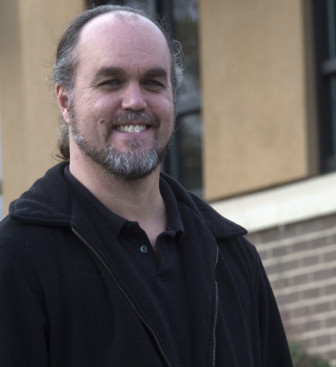 Bullying is increasingly seen as a problem in the United States, and some research has started to prove that its consequences are real.
Bullying is increasingly seen as a problem in the United States, and some research has started to prove that its consequences are real.
Most adults can probably remember being bullied in school, and there is a tendency to think of it as a rite of passage or simply as a part of life that kids have to get used to. After all, we got through it OK, perhaps with the advice of “standing up” to the bully, or simply by enduring it until it went away.
Consider a few statistics from James Burns, an educational speaker and trainer who runs Proactive Behavioral – Management:
- Sixty percent of middle school students say they have been bullied, while 16 percent of staff believe that students are bullied.
- Thirty percent of students who reported they had been bullied said they had at times brought weapons to school.
- A bully is six times more likely to be incarcerated by the age of 24.
- A bully is five times more likely to have a serious criminal record when he or she grows up.
- Two thirds of students who are bullied become bullies.
- Twenty percent of all children say they have been bullied.
- Twenty five percent of students say that teachers intervened in bullying incidents while 71 percent of teachers say they intervened.
- The average child has watched 8,000 televised murders and 100,000 acts of violence before finishing elementary school.
- In schools where there are bullying programs bullying is reduced by 50 percent.
- Bullying was a factor in two thirds of the 37 school shootings reviewed by the U.S. Secret Service.
One organization in Georgia, the Lowndes County Drug Action Council (LODAC), has launched an anti-bullying pilot program at Lowndes Middle School in Valdosta, Ga. LODAC started in 1988 to specifically address the growing problem of drug abuse by school-aged kids who were most at risk and who lacked insurance to pay for treatment.
Since its inception its mission has grown substantially though. LODAC now serves the larger community with a variety of programs that combat truancy, juvenile delinquency, domestic violence, jobs skills, teen pregnancy and STDs. It works in close conjunction with the juvenile court, local schools, and community members.
The anti-bullying program was designed and implemented by Susan Johnson, a former university professor and the first director of LODAC from 1988 to 1992. Together with the current director, David Troy, she researched several systems for bullying prevention and selected what she thought would work in the local schools.
Mr. Troy, a retired principal, believes that addressing the issue with younger kids would be easier than trying to help them when they were teens. It was his observation that kids who engaged in anti-social behavior at an early age were often the same ones who were suspended from school or even became involved with the juvenile justice system as teenagers. This was why they decided to target middle school aged kids.
Ms. Johnson met with all of the teachers and presented information on how to spot bullying behavior, and how to differentiate it from normal levels of conflict. A one time argument or fight does not constitute bullying. Instead teachers were taught to focus on behaviors that were repetitive and involved one kid exercising power over another. By raising teacher awareness she believes the problem can be dealt with at an earlier and less severe stage.
Students involved in these incidents will be referred to the school’s High Performance Leadership Team. This group, made up of teachers, administrators, and counselors will set the policy for the school and will resolve the disputes if possible. Kids, both the aggressors and the victims, can be referred to LODAC for therapy, anger management, self esteem building, or other interventions.
Besides the kids directly involved in bullying, plans are being made to include all of the students. One strategy is to have a weeklong focus on anti-bullying that includes assemblies, art projects, and discussions. A map of the school will also be available to kids, where they can anonymously indicate where bullying is happening. With this tool administrators can post more teachers in problem areas to head off trouble.
Part of the program is a survey that will collect data and feedback from faculty and students. In this way the efficacy of the plan will be proven, and improvements can be implemented the following year. With positive results LODAC hopes to share the training with more area schools in 2012.

Very informative article John. It gives me an idea on an op-Ed on the relationship between bullying and zero tolerance policies. I often comment in my presentations that such policies make it more difficult to identify bullies. It also has motivated me to have a conversation with my school system on a more comprehensive program like Lowndes. Thanks for sharing.